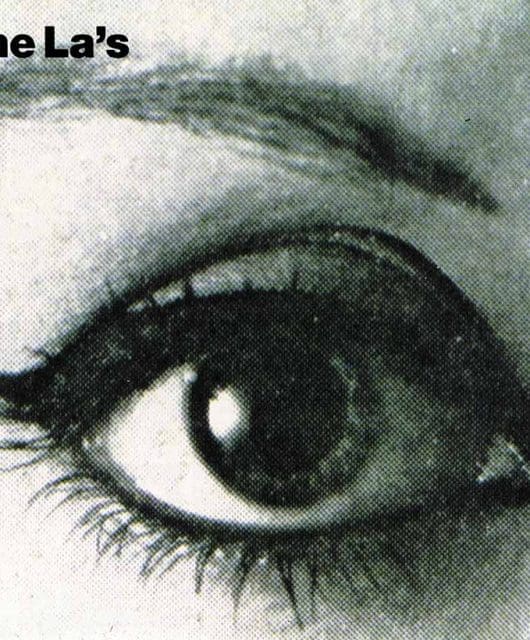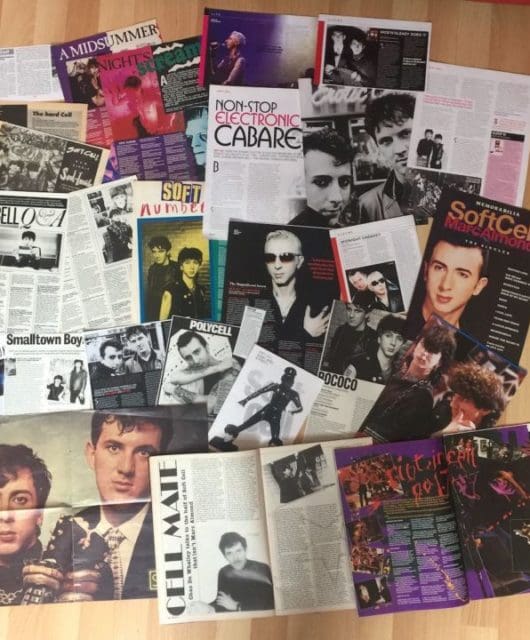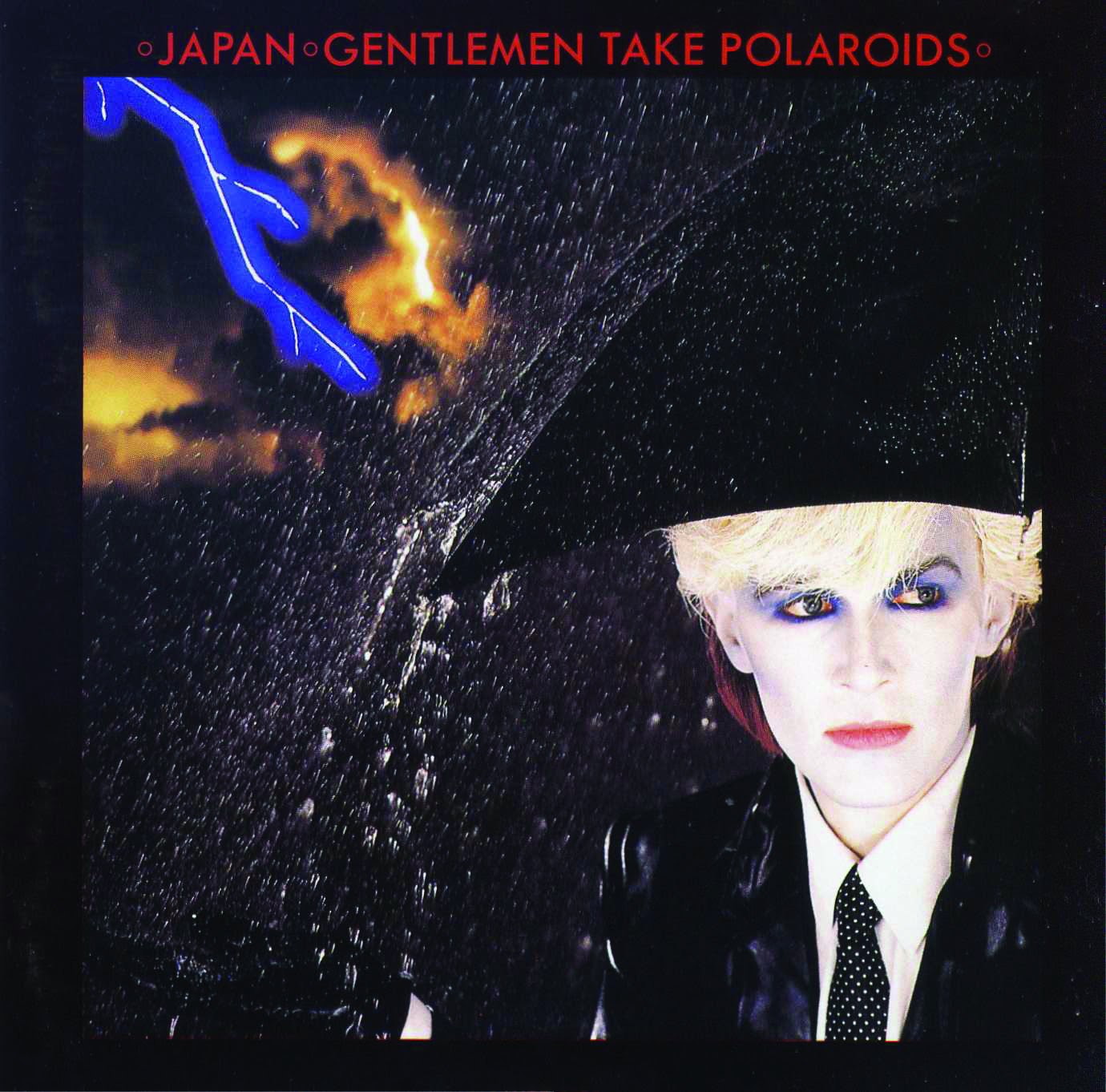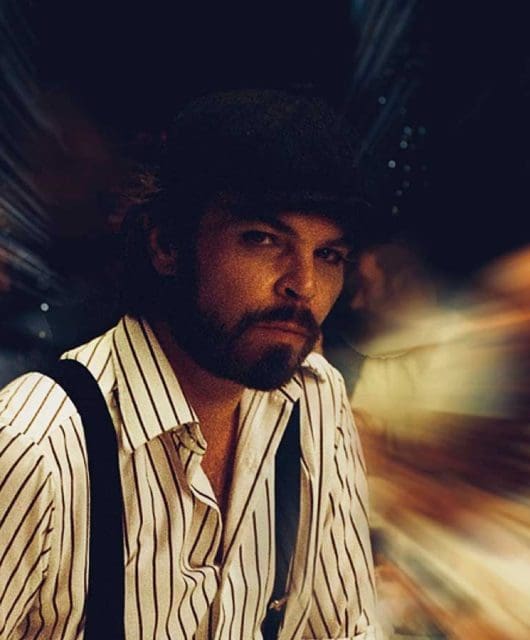Q+A – Howard Jones
By Classic Pop | September 23, 2022
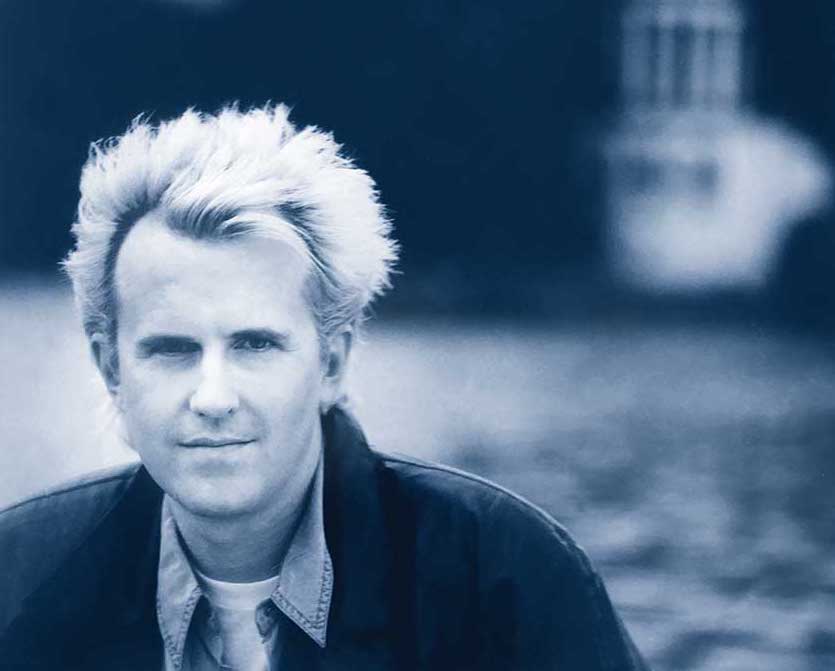
In 2020, the synth-pop icon discussed his then-recent lockdown concert, the progress on his latest studio album and the reissue of underrated fourth long-player, Cross That Line… By Felix Rowe
It’s fair to say this year hasn’t exactly gone to plan for most of us, but Howard Jones suggests optimistically that every challenge brings the opportunity for a fresh approach.
With summer festival appearances and a European tour cancelled – amid a wider live entertainment industry in disarray – Jones responded with an intimate solo piano show, streamed live exclusively to 1,000 ticket holders.
As well as treating fans starved of live music, the show helped to support fellow musicians and crew whose very survival depends on performing, via the charity Help Musicians UK. The stripped-back performance – just Jones at a grand piano – sees him at his most personal and direct.
Howard tells us how he made it happen, and his wider thoughts on how to step forward at a critical time for the music industry. Things can only get better, right?
So, 2020. Best laid plans and all that…
I was in the middle of a US tour with the acoustic trio – Nick Beggs and Robin Boult – and we’d done two thirds, about 30 shows. It got a bit scary. They were starting to cancel gigs coming up, and we just managed to get home in time before they stopped the flights. We got back and realised: everything’s going to change with this.
How did the live stream concert come about?
I was very concerned about keeping my connection with the fans around the world, realising that they’re locked down as well and can’t go to shows. I wanted to do something high quality and well-filmed, with really good sound, not just me in my studio banging something out.
I wanted to employ as many people as I could. There were 21 people involved in putting that show together, so at least you could give a certain amount of people some work, and they were all really happy to be doing something.
- Read more: Howard Jones 2019 interview
Stylistically, it was a radical departure from your last album, the glossy, synth-led Transform. Was it fun reworking some of those songs into the set?
I didn’t start with the piano on that album at all. Often I do, but not with that one, and I was surprised actually that so many of them did work acoustically, it gave a really different take on the songs.
You introduce each song by picking out a key line that has particular resonance, whether thanking the NHS or notions of solidarity…
I was thinking that I shouldn’t talk for too long because it would get boring – keep it short and sweet but to the point, so that seemed like a good idea, maybe draw a bit more attention to the lyrics, because the most important thing to me is what the song says. Those lines seemed to fit in with the life that we’re living right now.
Are there plans for a wider release of the show?
We’ve mixed it and it’s all sounding and looking good. We’re trying to work out a way of making it available, rather than just bunging it up on YouTube. As artists, we still have to make sure that we value what we’re doing, because employing people and getting the best people to work on your show takes a lot of resources… [laughs]
How can musicians survive within the current limitations? Are these streamed gigs a sustainable solution?
Playing to a socially-distanced audience must be the weirdest thing ever! Gigs are where people go to really let go and lose themselves in the music for a couple of hours and enjoy being with a whole bunch of others.
Also, it can’t make any sort of economic sense for the venue, the bands and all the support people. As artists, we’ve all got to see it as an opportunity rather than doom and gloom.
I’m definitely rethinking things, though. I really hope that we can go back to playing big gigs again, but maybe streaming could be another thing we do, without having to travel so much. I’ve been more and more concerned with our carbon footprint touring with the band and two trucks – it has such a huge environmental impact.
We hear you’re currently working on a new studio album…
I’ve got about nine tracks at various stages, some with vocals, some just grooves and a few chords. I’m working with BT again. We did three tracks together on the last album, so we’re both really keen to do more. It’ll probably take me until the end of the year to finish it.
- Read more: Top 40 synth-pop songs
1989’s Cross That Line is now getting the reissue treatment. What did the Tears For Fears ‘backroom boys’ bring to the sessions?
I’d finished the One To One tour. It was the biggest I’d done, headlining Madison Square Garden and the Forum in the States, the Albert Hall… It was quite difficult for some of the band coping with the stress of playing these huge gigs and holding it together.
When I got home, I just wanted to be in one place for a while, build a studio. My A&R man suggested working with Chris Hughes and I jumped at the chance. I was such a fan of his work, right back to drumming in Adam And The Ants, producing Adam’s records, then obviously Tears For Fears.
With Ian Stanley involved and Ross Cullum engineering, it was a dream team. I learnt so much because they worked in such a meticulous way. I’d never really worked like that. Every element had to be beyond brilliant, it was a real baptism of fire. I’m so proud of what we came out with.
It performed better in the States than on home soil…
Everlasting Love was Top 10 and still gets played now. The Prisoner didn’t do so well, which I was a bit disappointed about because I thought it was one of the best tracks I’ve ever done. But, you know, it doesn’t always go the way you plan!
The video for The Prisoner was really innovative, with its groundbreaking effects. How did that come about?
I was so fortunate to work with Danny Kleinman, he’s a genius. He did What Is Love? and he’d done fantastic work with Thomas Dolby. Danny went on to do the James Bond opening credits. He was always using cutting-edge techniques, and I still think that’s the best video I made.
Unusually for me, the song is quite conceptual, about the idea of photographs being taken of you and trapping your soul. Danny just ran with that: photographs being animated, video turning back into photographs and me being captured.
Want more from Classic Pop magazine? Get a free digital issue when you sign up to our newsletter!


